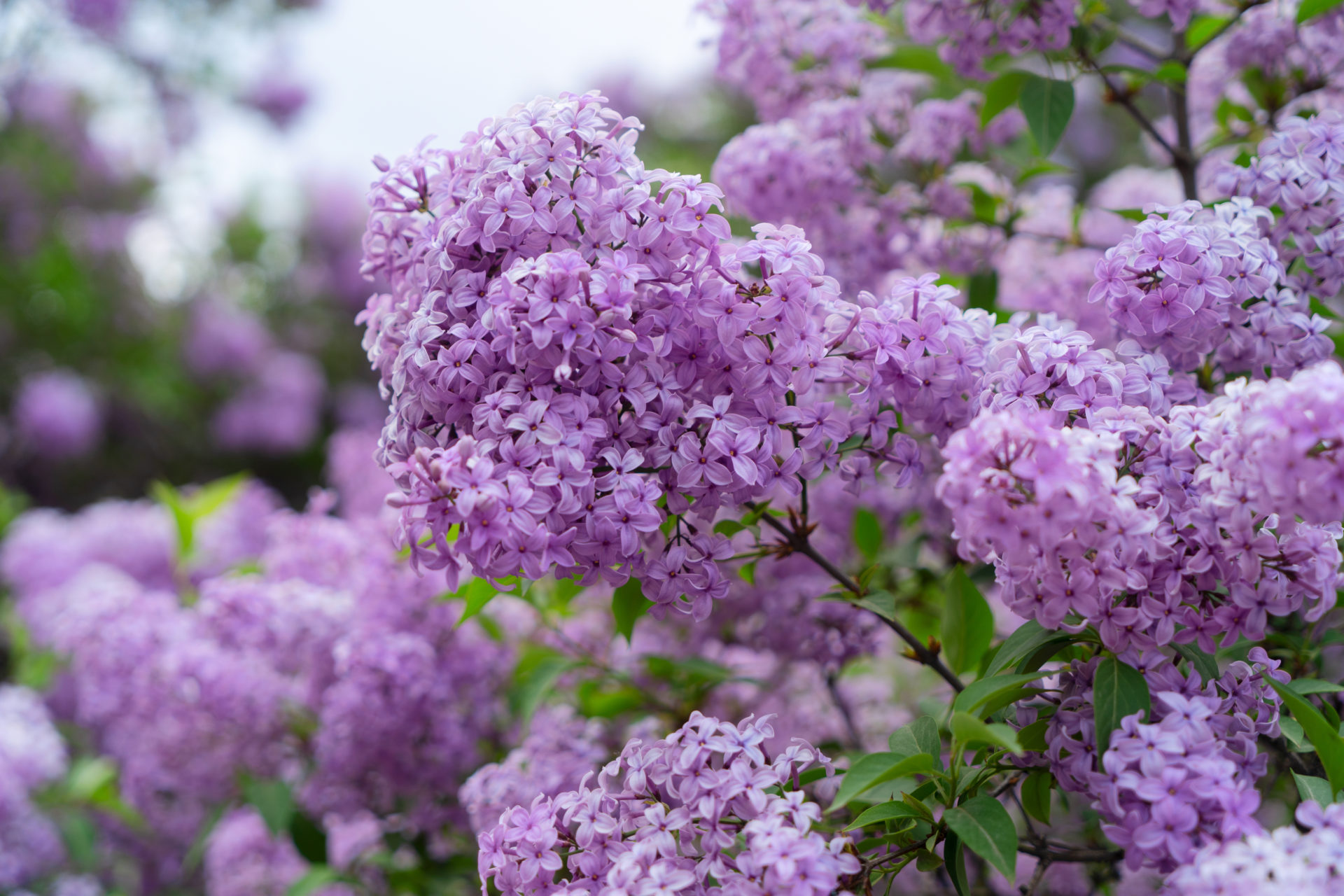
By John Moretti, MCH
A frequently asked question is whether woody plants need to be on a regular fertilization program in order to do well. If plants in nature do perfectly well on their own, why this constant push to maintain landscapes with fertilizer applications?
Landscape plants usually need fertilization because of the inadequacies of the soils in which they are planted. For the most part, these plants are not growing in natural settings where their roots rest undisturbed and nutrients naturally recycle. Native soils normally contain naturally occurring organic matter, are less compacted, and do a better job of retaining both moisture and available nutrients. In contrast urban and suburban planting sites usually have depleted and degraded soils that lack many of the 16 necessary mineral elements essential to plant growth. These nutrients may need to be re-introduced in order to establish healthy landscapes.
University research points to the fall (late September and the beginning of October) as the best time to fertilize woody plants. Early Spring, before new leaves emerge, is the next best time. Summer fertilization is usually discouraged. Because root growth and nutrient absorption can occur anytime soil temperatures are above 40 degrees F., the fall offers a prolonged period where plants can benefit from feeding. Top growth has ceased and bud formation is nearly complete, so nitrogen and other nutrients absorbed at this time are converted into stored carbohydrates. This energy will be used to support healthy spring growth and development. In addition, we expect plenty of natural rainfall in the fall, which increases uptake of plant nutrients.
Whenever we choose a fertilizer, it is important to know what kind, how much, and where to put it. Depending on the time of year, too much fertilizer can lead to weak or excessive growth and can actually damage plant tissue, especially roots. As a general rule, established trees should receive 1 lb. of an 8-8-8 fertilizer per inch of trunk diameter measured chest high. A second formula calls for 1.5 lbs of 8-8-8 per 100 sq. ft. of root area. Since root systems on mature trees can spread as much as 1.5 to 2 times beyond the drip line, measuring the canopy spread can be misleading. The square footage method probably works better with shrub beds.
Application methods vary. Trees typically need fertilizer applied closer to feeder roots and well below the competing roots of turf. Use of a punch bar or an auger to place the fertilizer 6 inches or deeper is often recommended. Fertilizer for shrubs and perennial beds can be applied to the surface using the broadcast method; the amount is based on square footage. Liquid feeding on a repeat basis with high nitrogen, soluble synthetic-type fertilizers is not generally recommended for woody plants.
As always, the sales staff at Weston Nurseries is ready to assist you with any questions about fall plant maintenance.









